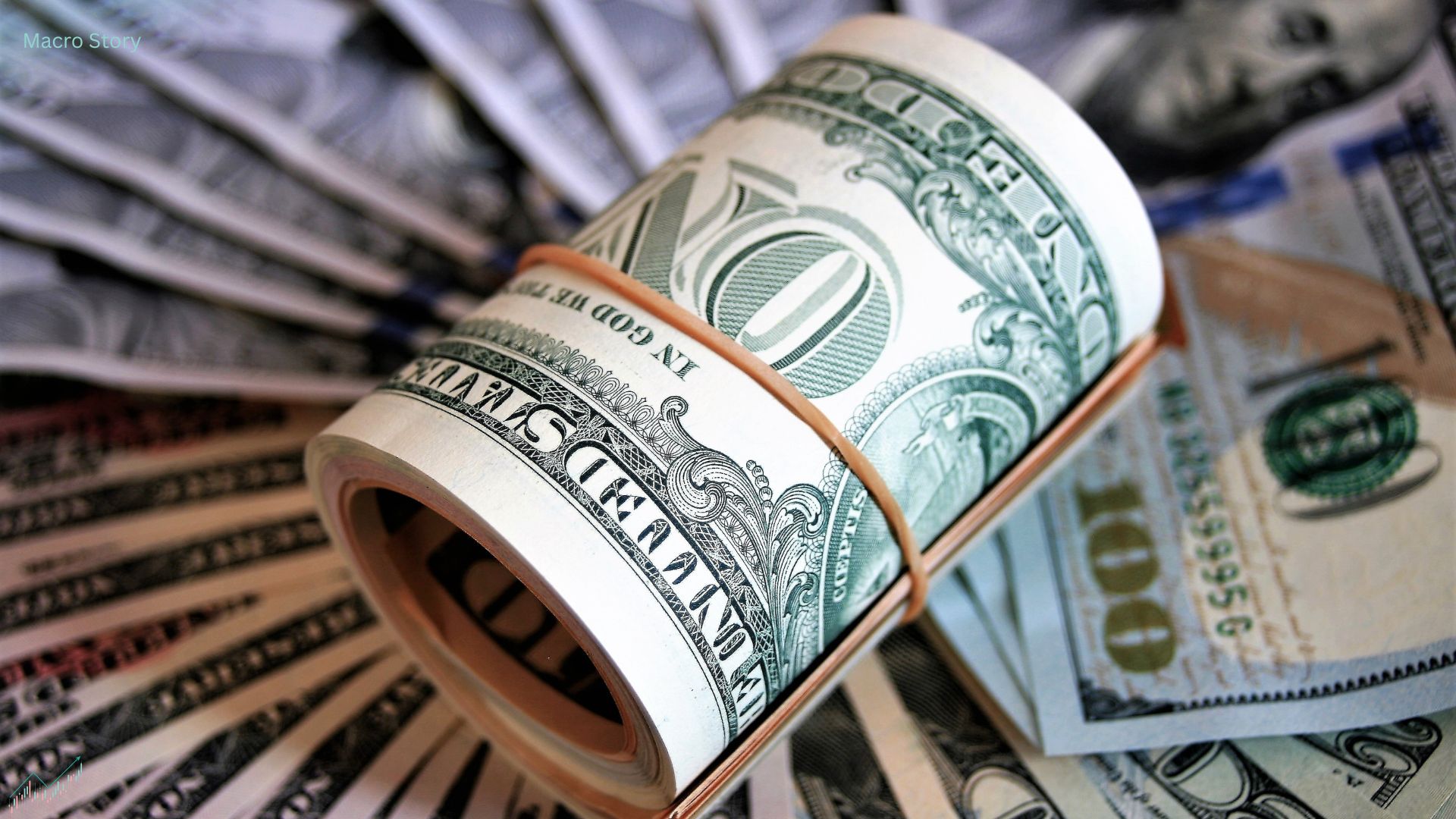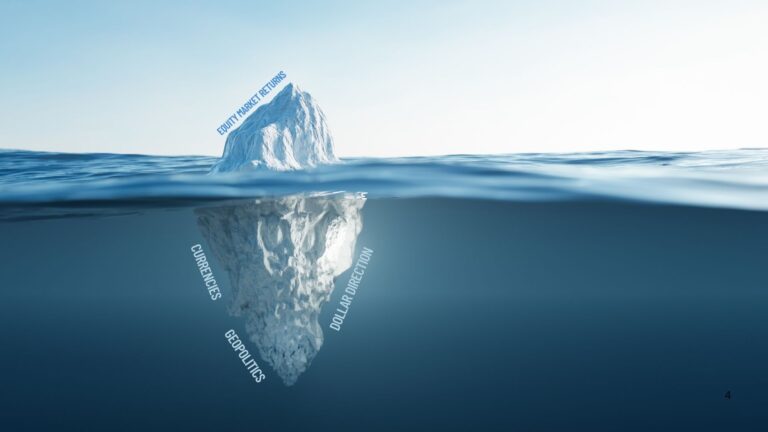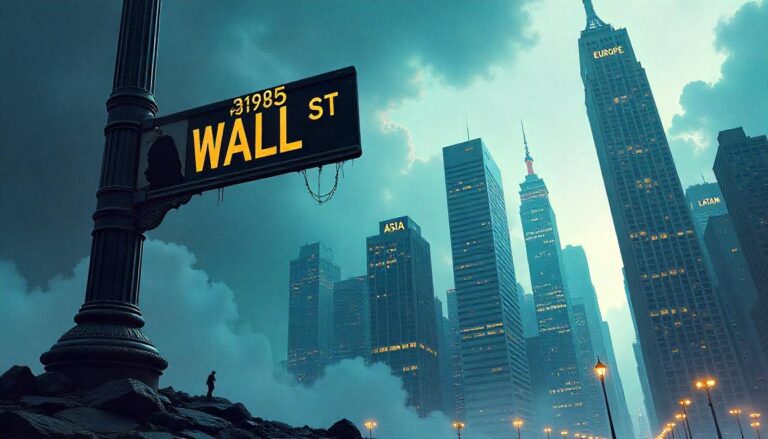The High-Stakes Game Behind Trump, Powell, and the Plunging Dollar
As the U.S. dollar plunges at a historic pace, the world watches with rising alarm—not just at the numbers, but at what they reveal: a growing mistrust in U.S. economic policymaking and a rising specter of political interference at the heart of global monetary policy.
Donald Trump’s renewed verbal assault on Federal Reserve Chair Jerome Powell, combined with threats of removal, is more than just a political gambit; it’s a potential catalyst for a seismic shift in global financial stability. The dollar is already down 9% year-to-date, including a dramatic 6% drop this month alone. These are not just routine market corrections—they echo the magnitude of volatility last seen during the Global Financial Crisis and the 1985 prelude to the Plaza Accord.
Why the Dollar’s Decline Matters
The U.S. dollar isn’t merely a national currency—it is the linchpin of the global financial system. From trade settlements and reserve holdings to capital flows and commodity pricing, the dollar’s dominance grants the U.S. extraordinary economic leverage. Any erosion of confidence in it—especially one perceived as self-inflicted—can destabilize not just American markets but the broader international financial order.
What’s more concerning is the why behind the dollar’s slide. This isn’t just about economic data or rate expectations—it’s about credibility. The fear that the U.S. might compromise the independence of its central bank—an institution regarded as a bulwark of policy consistency—is spooking investors. Former Boston Fed President Eric Rosengren summed it up aptly: threatening Fed independence makes the U.S. resemble an unstable, less investable economy.
Markets Sense the Political Storm
Prediction markets like Polymarket have started quantifying this risk. The probability of Powell being ousted by year-end has ticked up to 19%, and while still low, the trend direction speaks volumes. Markets are increasingly pricing in the political risk premium.
If Powell were removed—or even if markets believe his independence is compromised—the immediate impact would likely be a sharp repricing of the Fed’s interest rate outlook. Traders already anticipate 100 basis points of easing this year. A more politically-aligned Fed could supercharge those expectations, exerting even greater downward pressure on the dollar.
The Global Ripple Effect
A weaker dollar might appear favorable for U.S. trade competitiveness, but it comes with painful externalities. As the greenback declines, other currencies strengthen, tightening financial conditions in their respective economies. That sets the stage for potential counter-interventions and capital flow distortions globally. Worse, if the dollar is no longer seen as a stable store of value, central banks around the world might be forced to reassess their reserve allocations—a slow but steady de-dollarization could follow.
In a worst-case scenario, we could witness a speculative attack on the dollar.
Redrawing the Rules—At What Cost?
It’s no secret that Trump’s economic vision involves rewriting the rules of the current order—favoring bilateral deals over multilateralism, using tariffs as tools, and pushing for monetary policies aligned with short-term domestic political goals. But while disruption can spur reform, there’s a fine line between reform and rupture.
Removing a sitting Fed Chair—or even undermining his authority—isn’t just a U.S. concern. It challenges the integrity of the entire monetary architecture the world has operated within since Bretton Woods. Such a move could prove pyrrhic: achieving a weaker dollar, but at the expense of global confidence, market stability, and long-term U.S. economic leadership.
Conclusion: A Dangerous Trade-Off
In economics, the phrase “be careful what you wish for” carries weight. Trump may indeed get a weaker dollar. But if it comes through damaging the Fed’s credibility, the cost may be far higher than anticipated. The real question now is whether U.S. policymakers can contain the fallout—or whether we are witnessing the beginning of a new, more chaotic chapter in global economic history.







